

Moodle. Just because rapid eLearning is all about high-speed course development, it doesn’t mean it compromises on instructional design.
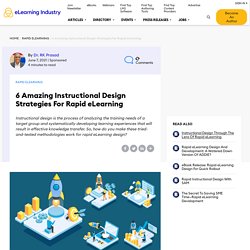
We have some interesting new-age instructional strategies to help you create engaging eLearning courses with the help of rapid eLearning. eBook Release Unveiling Rapid eLearning Design And Development – A Guide For Corporate Training Managers. Intro to Webmixes - #HowTo. Howto page. Getting Started If you're new to the site, take a look at the tour of Pinboard to get familiar with the site's features.
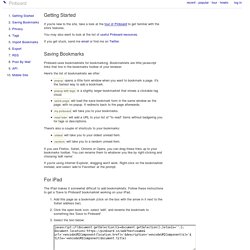
You may also want to look at the list of useful Pinboard resources. How to organize notes into different notebooks. Notebooks are how notes are organized in Evernote, and are commonly used to separate notes by category, location, or purpose.
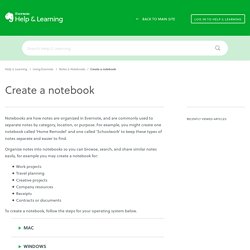
For example, you might create one notebook called 'Home Remodel' and one called 'Schoolwork' to keep these types of notes separate and easier to find. Organize notes into notebooks so you can browse, search, and share similar notes easily, for example you may create a notebook for: Work projects Travel planning Creative projects Company resources Receipts Contracts or documents. Pinterest Board Sections. Diigo Outliner: Very Basic Create & Share. Content Curation Tools.
SHIFT eLearning Blog. eLearning Industry - Post your eLearning article. At eLearning Industry you will find the best collection of eLearning articles, eLearning concepts, eLearning software, and eLearning resources. Learnlets : Clark Quinn's learnings about learning. Examples of using Evernote as: teacher, student, admin. Evernote, my main resource, is a very useful app.
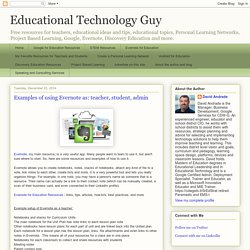
Many people want to learn to use it, but aren't sure where to start. So, here are some resources and examples of how to use it. Evernote allows you to create notebooks, notes, stacks of notebooks, attach any kind of file to a note, link notes to each other, create lists and more. It is a very powerful tool and lets you really organize things. Evernote for Educators. Elisabeth Stucklen (elisstucklen) on Pinterest. ED604452 - Assessing Student Learning in the Online Modality. Occasional Paper #40, National Institute for Learning Outcomes Assessment, 2019-Oct.
Online education can be leveraged to help current students complete their degrees and to attract new students.
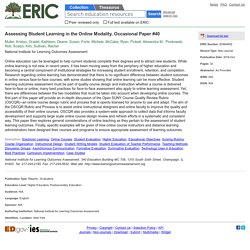
While online learning is not new, in recent years, it has been moving away from the periphery of higher education and becoming a central component of institutional strategies for increasing student enrollment, retention, and completion. Research regarding online learning has demonstrated that there is no significant difference between student outcomes in online versus face-to-face courses; with some studies showing that online learning can be more effective. Student learning outcomes assessment must be part of quality course design and instruction whether a course is delivered face-to-face or online; many best practices for face-to-face assessment also apply to online learning assessment.
Yet, there are differences between the two modalities that must be taken into account when developing online courses. Cognitive Load Theory And Instructional Design. One of the most important aspects of any eLearning course design is to insure that the information being offered is not only understood by the learner, but that they are also able to retain that information for future use.
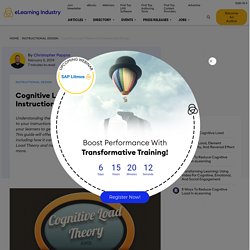
As such, a successful instructional designer must always be aware of the learning techniques being utilized, the amount of data included, and the structure in which the knowledge has been distilled and then dispersed.For this very reason, understanding the basics of the Cognitive Load Theory and applying them to your instructional design is an absolute must, particularly if you want your learners to get the most out of the eLearning course you are creating. This guide will offer you a detailed look at Cognitive Load Theory, including how it can be applied in learning settings. Best content in Instructional Design & E-Learning Professionals' Group. Moodle. Dedicated Learning Professionals and Educators across the globe were, until recently, desperately seeking for ways, methods, and techniques to engage employees and students in the learning process.
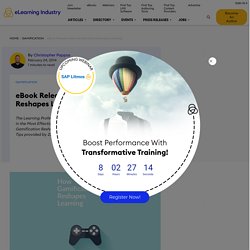
Surprisingly enough, no one would think that games was the answer. After all, games tend to increase learners’ natural desire for competition, goal achievement, and genuine self-expression, while they also promote interactivity, have rules, a quantifiable outcome, and can be colorful, appealing, and extremely realistic. Enter Gamification.